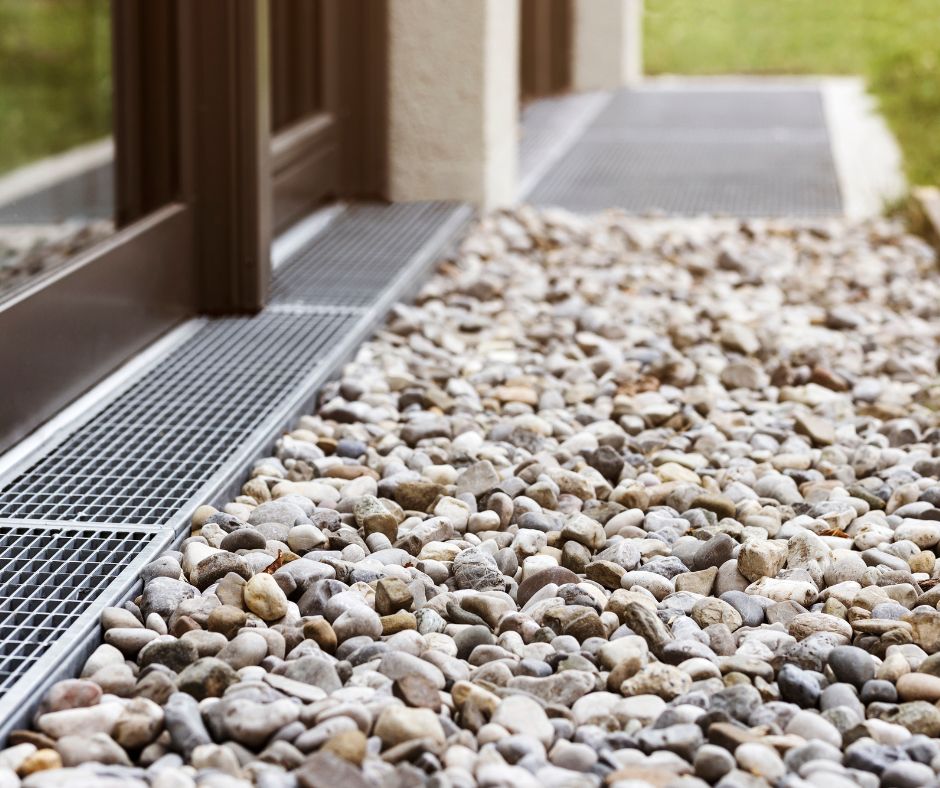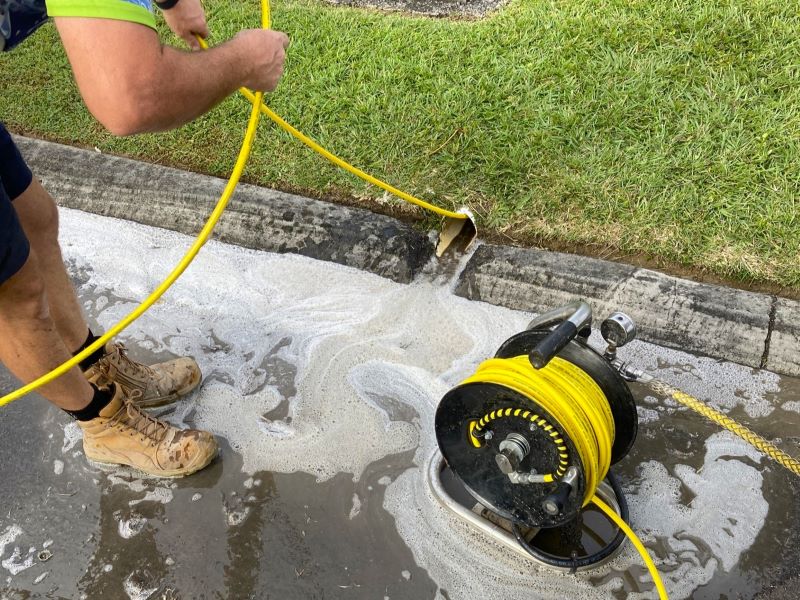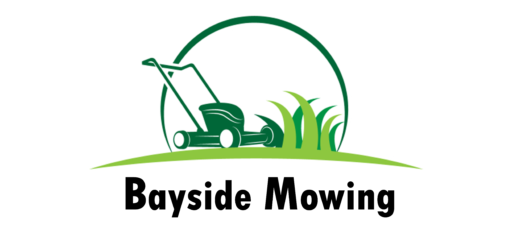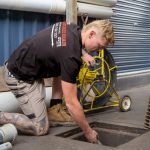Stormwater drainage systems consist of essential components like roof plumbing drainage, French drains, spoon drains, and strip drains that play a pivotal role in managing stormwater runoff and preventing water damage. These systems serve to efficiently redirect rainwater and mitigate flooding risks, making their maintenance crucial. Neglecting these systems can lead to severe complications, including clogged drains and flooding, which can result in costly repairs and a hazardous environment around your property. Regular maintenance, whether it involves addressing clogged grates, invasive root issues in pipes, or repairing damaged plumbing, is vital for ensuring your drainage systems function effectively, thus safeguarding your home from potential damage.
This comprehensive guide outlines effective strategies for maintaining your drainage systems and provides actionable steps to take when you encounter blockages.

Essential Maintenance Strategies for Effective Stormwater Drainage Systems
Traditional stormwater drains are vital for safeguarding most properties by efficiently directing rainwater away from buildings to prevent flooding. However, over time, these drains can become obstructed by debris such as leaves, dirt, and branches, significantly hampering their function. Therefore, implementing a routine maintenance schedule is critical to ensure that water flows freely and does not pool around your home’s foundation, which could lead to serious structural problems. By committing to regular maintenance practices, you can enhance the performance and lifespan of your drainage systems, especially during periods of heavy rainfall, thereby ensuring your property remains protected.
Effective Tips for Maintaining Traditional Drainage Systems:
- Consistently Remove Grate and Gutter Debris: Regularly clearing accumulated leaves and debris is essential for maintaining optimal water flow, particularly after heavy storms when buildup is most likely.
- Be Alert for Signs of Water Pooling: Watch for any signs of water backing up or pooling near your drains, as this often indicates a blockage. Additionally, check for soggy areas in your garden, which may signal deeper drainage issues that need to be addressed.
- Schedule Professional Inspections: Engage a qualified plumber like Creek to Coast for routine inspections and cleanings to ensure your drains operate at peak performance and proactively avoid potential problems.
Crucial Maintenance Practices for French Drain Effectiveness
French drains are specifically engineered to redirect groundwater away from your home and retaining walls, making them indispensable for effective moisture management. However, these underground systems require continual maintenance to prevent blockages. French drains utilize a combination of gravel and perforated pipes to facilitate water diversion but can suffer from clogs due to sediment, dirt buildup, and root intrusion over time. Ensuring the proper care of these systems is essential for their longevity and efficiency in preventing unwanted water accumulation around your property.
Key Maintenance Tips for French Drains:
- Monitor for Slow Drainage: If you notice water draining more slowly than usual, it may indicate a clog within your French drain system that requires immediate attention to avoid further complications.
- Regularly Flush the Drainage System: Periodically running water through the French drain can help clear potential blockages before they escalate into significant issues, ensuring smooth water flow.
- Utilize Professional Cleaning Services: If you detect sediment buildup or root intrusion, it's advisable to contact Creek to Coast for comprehensive cleaning services, potentially employing hydro-jetting tools to effectively clear the pipes or inspection points.
Effective Maintenance Techniques for Spoon Drains
Spoon drains are designed as shallow, curved channels that efficiently direct surface water away from driveways, patios, and other paved areas. Although they are generally low-maintenance, routine attention is necessary to prevent clogging. Failing to regularly clear these channels can lead to water pooling on your property, potentially causing damage over time. By adopting straightforward maintenance habits, you can ensure that your spoon drains remain practical and operational, effectively managing water flow and preventing any related issues.
Practical Strategies for Spoon Drain Maintenance:
- Regularly Remove Accumulated Debris: Sweeping away leaves, dirt, rocks, or litter will help maintain unobstructed water flow. Utilizing a high-pressure washer can be particularly effective for thorough cleaning when necessary.
- Check the Drainage Slope: Since spoon drains rely on gravity to direct water, ensure the slope remains intact and is functioning correctly to promote effective drainage.
- Inspect for Signs of Structural Damage: Regularly examine the drain for cracks or breaks, as they can be susceptible to damage from vehicle traffic, which may compromise their integrity over time.
- Seek Professional Assessment: If water is not draining as expected, reach out to Creek to Coast for a professional evaluation. Their expertise can help identify necessary adjustments or repairs to restore optimal drainage.
Key Strategies for Efficiently Maintaining Linear Drains
Linear drains, also referred to as trench drains, are strategically placed in areas like driveways and pool decks to effectively capture surface runoff. While they are designed to prevent water accumulation, they can accumulate debris over time, necessitating regular cleaning to maintain their functionality. Consistent maintenance is critical to ensure that these drains remain unobstructed, as any blockage can lead to water pooling and potential damage to surrounding areas. By establishing a reliable cleaning routine, you can significantly enhance the performance and lifespan of your linear drainage systems.
Tips for Proper Care of Linear Drains:
- Frequently Clean Grates: Regularly inspect the grates for any buildup of dirt, leaves, or debris that could obstruct water flow and promptly remove these blockages to maintain optimal performance.
- Regularly Flush the System: Running water through the drain routinely will help ensure it flows correctly, preventing any blockages that could hinder drainage.
- Engage Professional Maintenance Services: If you experience backups or slow drainage, do not hesitate to contact Creek to Coast for expert cleaning services to remove deep clogs and debris effectively, restoring your system's functionality.
Immediate Action Steps for Addressing Blocked Drains
Even with diligent maintenance, blockages can still occur in any drainage system. Indicators such as water pooling, slow drainage, or overflowing grates signal that immediate action is necessary to prevent more severe issues from arising. Understanding common causes of blockages can help you identify the problem and take the appropriate steps to resolve it effectively, ensuring your drainage systems function smoothly.
Common Causes of Drain Blockages:
- Tree Roots: Roots can infiltrate underground pipes, causing significant blockages that disrupt water flow and require prompt attention to resolve.
- Debris Accumulation: Leaves, dirt, and other environmental materials can gather over time, obstructing the passage of water through your drainage system and leading to potential backups.
- Pipe Damage: Broken or crushed pipes can severely limit water flow and necessitate immediate professional intervention to correct the issue and restore proper function.
When faced with a blockage, it is advisable to consult a professional plumber like Creek to Coast. They utilize advanced tools, such as high-pressure water jetters and CCTV cameras, to accurately diagnose and remedy the issue effectively. Attempting to fix a blockage on your own may exacerbate the problem, especially if the pipes are already damaged or roots have compromised the system.

Comprehensive Maintenance Strategies for Effective Stormwater Drainage Systems
To ensure that your stormwater management systems—whether they are traditional, French, spoon, or linear drains—function effectively, consider implementing the following strategies:
- Schedule Annual Inspections and Cleanings: Collaborate with a licensed plumber like Creek to Coast for proactive maintenance. This approach helps remove debris and identify potential issues before they escalate into serious problems.
- Monitor Water Flow Post-Rainfall: After heavy rains, inspect your drains for signs of pooling or slow drainage, which may indicate underlying problems that require immediate attention.
- Install Gutter Guards and Grates: These installations can prevent larger debris from entering your drains, thereby reducing blockage frequency and enhancing overall efficiency.
- Maintain Distance Between Vegetation and Drains: Roots from nearby trees can invade and obstruct pipes, so ensuring adequate distance between plants and your stormwater system is essential for optimal performance.
Regular plumbing maintenance and timely responses to drainage issues are vital for protecting your property from water damage while ensuring your drainage systems operate efficiently. If you notice any signs of blockage, do not hesitate to reach out to Creek to Coast for expert assistance in maintaining the smooth flow of your stormwater drains!
The Article: Stormwater Clarity: Essential Drain Maintenance Tips first appeared on https://writebuff.com.
References for Further Reading:
Stormwater Clarity: Essential Drain Maintenance Tips



It’s interesting how often we overlook the importance of stormwater drainage until there’s a problem, right? I’ve had my share of headaches with clogged drains after heavy rains—it’s amazing how much chaos a little water can cause. I remember one season where roots were relentlessly infiltrating our pipes, and it felt like an endless battle. Regularly checking for those invasive root issues became part of my routine.
You’re right about the chaos that can come from something we often take for granted. Stormwater drainage systems are like the unsung heroes of our landscape, quietly doing their job until a heavy rain comes along and suddenly their importance is front and center. It’s fascinating how nature interacts with our infrastructure, isn’t it? The way roots invade pipes can feel like a scene from a battle, and you’ve had firsthand experience with that persistent struggle.
Absolutely, it’s surprising how much we take our drainage systems for granted until issues arise! If you’re looking to stay ahead of potential problems like those pesky roots, check out this resource for tips on maintaining clear and efficient stormwater systems.
https://baysidemowing.com.au/ParentAler
I really resonate with the importance you’ve highlighted regarding stormwater drainage systems and their maintenance. It’s interesting how often these systems are overlooked until there’s a problem, yet they play such a critical role in safeguarding our homes and environment. As a homeowner who has experienced flooding due to a neglected drainage system, I can attest to your point about the severe consequences that occur when these systems fail.
It’s striking how many people resonate with the reality of stormwater drainage systems only when something goes wrong. Your experience with flooding really underscores this neglect—from heavy rainfalls to unexpected storms, these systems are often the unsung heroes of a well-functioning community. They quietly work in the background, doing their job until they don’t, and then the chaos begins.
Your detailed exploration of stormwater drainage systems truly resonates, especially considering the broader implications these systems have on not just our homes but our communities and the environment as well. It’s fascinating to think about how something as seemingly mundane as drainage can play such a pivotal role in flood prevention and environmental health—factors often overshadowed by more glamorous topics in home maintenance.
You bring up a great point about the often overlooked significance of stormwater drainage systems. It’s surprising how interconnected everything is—what seems like basic infrastructure has a profound impact on our communities and natural ecosystems. I’ve been reading about how poor drainage can lead to not only flooding but also water pollution, which in turn affects local wildlife and even our own health through waterborne pathogens.